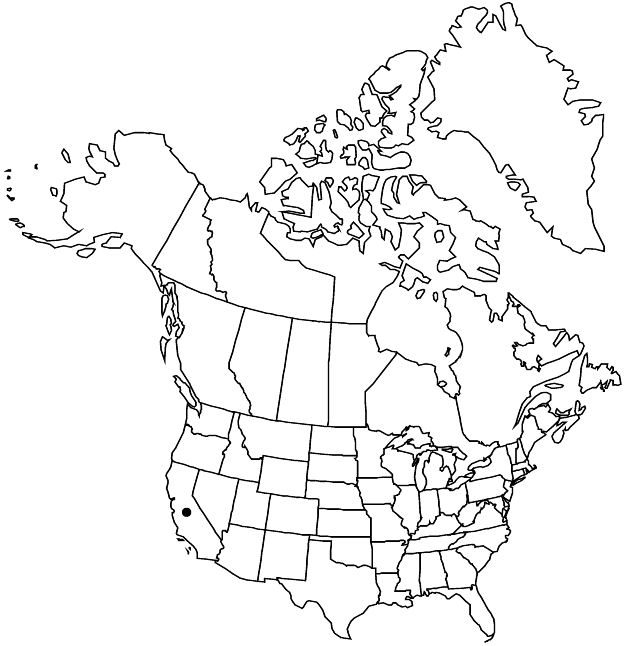Hypericum concinnum
Pl. Hartw., 300. 1849.
Herbs erect or ascending, rarely with rooting base, bushy, 1.5–3.3 dm. Stems: internodes (at least some) 4-lined, without black glands. Leaves spreading, sessile or petiolate (to 0.5 mm); blade narrowly elliptic or narrowly oblong to linear, usually conduplicate, sometimes falcate, 13–22 × 1.5–8 mm, base cuneate, margins plane, apex acute to subacute, midrib with 2–4 pairs of branches, black glands marginal. Inflorescences subcapitate to cylindric, 1–7-flowered. Flowers 20–35 mm diam.; sepals markedly imbricate, spreading in fruit, broadly to narrowly ovate, unequal, 6–9 × 2–3 mm, apex acute to acuminate; petals yellow, obovate or oblong-obovate, (10–) 12–15 mm; stamens 40–80 (–100); anther gland amber; styles 6–9 mm. Capsules ovoid, 6–9 × 4–4.5 mm, with longitudinal vittae. Seeds not carinate, 1 mm; testa minutely and shallowly pitted. 2n = 16.
Phenology: Flowering summer (May–Jul).
Habitat: Dry slopes, chaparral, yellow pine forest
Elevation: 100–600(–900) m
Distribution

Calif.
Discussion
Hypericum concinnum is known from the Sierra Nevada from Mariposa County to Shasta County and the North Coast Ranges from Marin County to Mendocino County. It is isolated, taxonomically and geographically, from its nearest relative, which seems to be the northeastern Asian H. ascyron subsp. gebleri (Ledebour) N. Robson.
Selected References
None.